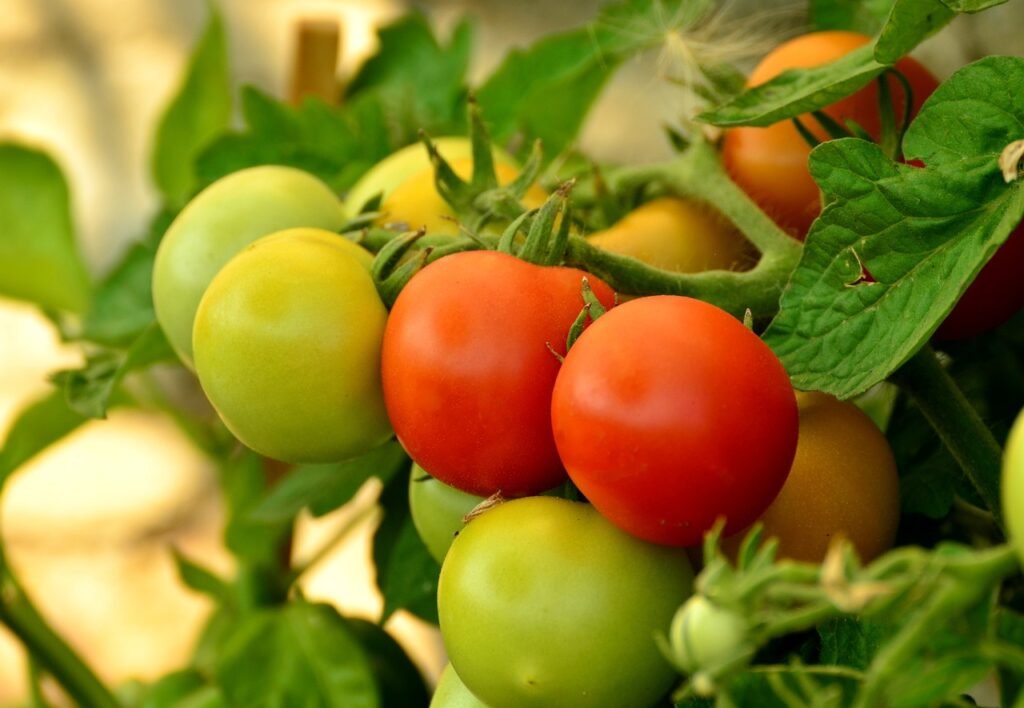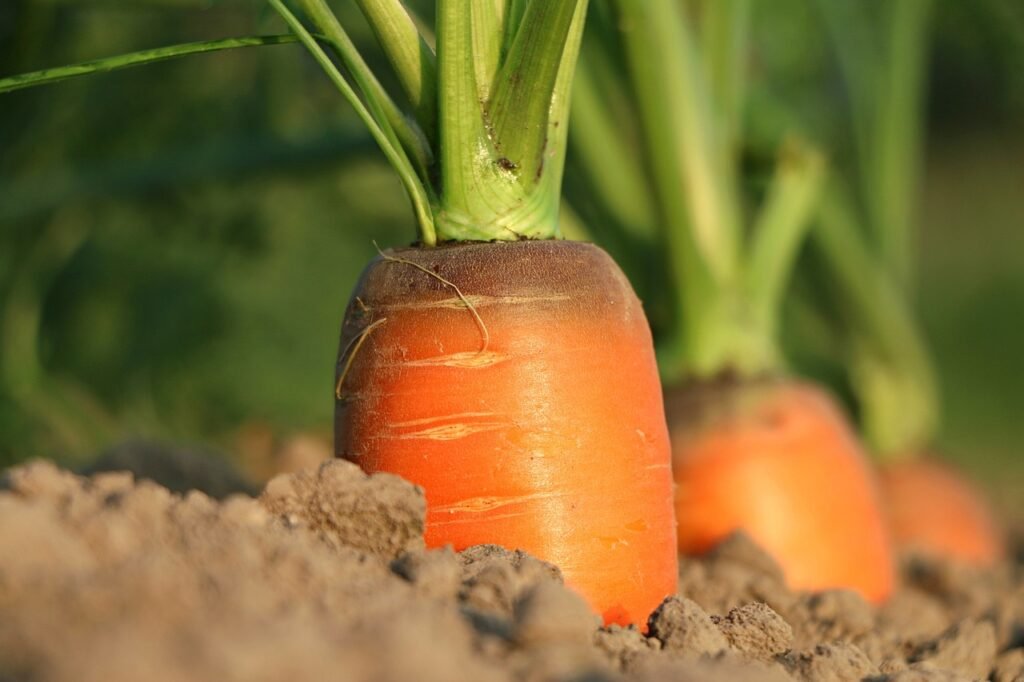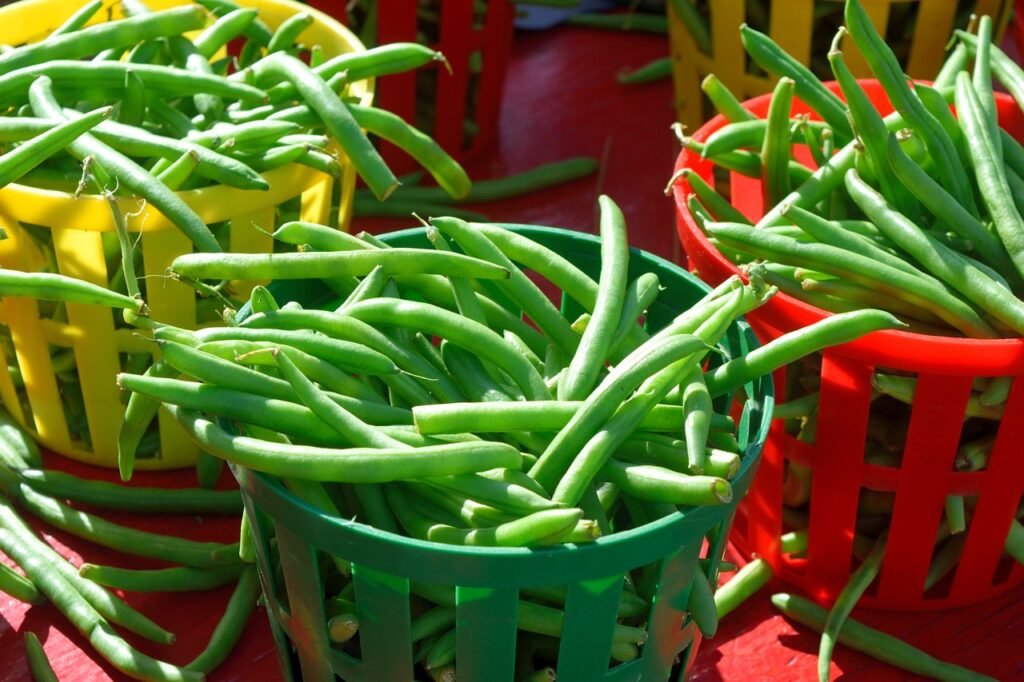Companion planting, the strategic placement of plants that benefit each other, is a time-tested gardening technique that can lead to healthier plants, better yields, and a more sustainable garden ecosystem. This article explores the science, benefits, and practical applications of companion planting, providing a comprehensive guide to growing your vegetable garden in harmony.
Companion planting offers numerous benefits, including natural pest control, improved soil health, efficient space usage, and enhanced growth and flavor of vegetables. These synergistic plant relationships can transform your garden into a thriving, self-sustaining system.
Understanding Companion Planting
Definition and Principles
Companion planting involves growing different plants close to each other based on their mutual benefits. Unlike traditional monoculture gardening, where large areas are dedicated to a single crop, companion planting leverages plant diversity to create a balanced ecosystem.
Science Behind Companion Planting
At its core, companion planting is about symbiotic relationships. Some plants, like legumes, fix nitrogen in the soil, benefiting nearby plants that require more nitrogen. Others, like marigolds, release chemicals that repel harmful insects, protecting neighboring crops.
Planning Your Garden Layout
Successful companion planting begins with careful planning. Consider the specific needs of each plant—such as sunlight, soil type, and water requirements—when designing your garden layout. Utilize garden maps and charts to visualize plant groupings and optimize space.
Common Vegetable Companions

Tomatoes
Best Companions: Basil, carrots, marigolds, onions.
Avoid: Cabbage family, corn, fennel.
Tomatoes thrive when planted with basil, which repels pests and enhances flavor. Carrots benefit from the shade provided by tomato plants, while marigolds deter nematodes and other pests. However, tomatoes should be kept away from brassicas and fennel, which can inhibit their growth.

Carrots
Best Companions: Tomatoes, peas, lettuce, rosemary.
Avoid: Dill, parsnips.
Carrots grow well with tomatoes and peas, which provide a vertical structure that doesn’t compete for root space. Lettuce offers ground cover that helps retain soil moisture, and rosemary deters carrot flies. Avoid planting carrots near dill, which can stunt their growth.

Beans
Best Companions: Corn, cucumbers, strawberries.
Avoid: Onions, garlic.
Beans fix nitrogen in the soil, benefiting heavy feeders like corn and cucumbers. They also pair well with strawberries, helping to improve soil conditions. However, onions and garlic can inhibit bean growth due to their sulfur compounds.

Cabbage
Best Companions: Beans, celery, dill, onions.
Avoid: Strawberries, tomatoes.
Brassicas, including cabbage, broccoli, and kale, benefit from the nitrogen-fixing abilities of beans and the pest-repellent properties of celery and dill. Onions can also help deter cabbage pests. Avoid planting brassicas near strawberries and tomatoes, which can compete for nutrients.

Cucumbers
Best Companions: Beans, corn, peas, radishes.
Avoid: Aromatic herbs, potatoes.
Cucumbers flourish alongside beans, corn, and peas, which can provide support for the vines. Radishes help repel cucumber beetles. However, aromatic herbs and potatoes can adversely affect cucumber growth and health.

Peppers
Best Companions: Basil, carrots, onions, spinach.
Avoid: Beans, brassicas.
Peppers grow well with basil, which repels aphids, and carrots and onions, which help deter soil pests. Spinach provides ground cover, reducing weed competition. Avoid planting peppers near beans and brassicas, as they can attract pests harmful to peppers.
Specific Pairing Examples
Three Sisters Garden
The Three Sisters Garden is a traditional Native American planting method involving corn, beans, and squash. Corn provides a natural trellis for beans, beans enrich the soil with nitrogen, and squash covers the ground, suppressing weeds and retaining moisture. This trio exemplifies the principles of companion planting, showcasing how different plants can support and protect each other.
Herbs and Vegetables
Basil and Tomatoes: Basil improves the flavor of tomatoes and repels insects like aphids and tomato hornworms.
Dill and Cabbages: Dill attracts beneficial insects that prey on cabbage pests, creating a natural pest control system.
Flowers in Vegetable Gardens
Marigolds: These bright flowers are renowned for their ability to repel nematodes and other harmful insects, making them an excellent companion for many vegetables.
Nasturtiums: These plants attract aphids, drawing them away from more valuable crops, and can also deter whiteflies and squash bugs.
Advanced Companion Planting Techniques
Trap Cropping
Trap cropping involves planting sacrificial crops to lure pests away from the main crops. For example, planting radishes can attract flea beetles away from eggplants, protecting the primary crop while sacrificing the radishes.
Cover Cropping
Cover crops, like clover and rye, are planted to improve soil health. They prevent erosion, enhance soil structure, and add organic matter when turned into the soil. Leguminous cover crops also fix nitrogen, enriching the soil for future plantings.
Intercropping and Polyculture
Intercropping involves growing multiple crops in proximity to maximize the use of space and resources. Polyculture takes this a step further by creating a diverse plant community that mimics natural ecosystems. Both techniques promote biodiversity, reduce pest outbreaks, and improve overall garden resilience.
Practical Tips and Considerations
Rotation and Diversity
Crop rotation is essential for maintaining soil health and preventing disease buildup. Rotate plant families each season to disrupt pest and disease cycles. Incorporate a variety of plants to enhance biodiversity and resilience.
Soil Health and Fertility
Maintaining healthy soil is crucial for successful companion planting. Use compost and mulch to enrich the soil and retain moisture. Plant legumes to fix nitrogen and improve soil fertility. Regularly test soil pH and nutrient levels to ensure optimal growing conditions. A simple soil pH test can help you determine if your soil needs amendments to create the ideal environment for your plants. Most vegetables prefer a slightly acidic to neutral pH range of 6.0 to 7.0. [Read More]

Pest and Disease Management
Natural pest repellents, such as neem oil and insecticidal soap, can help manage pest populations without harming beneficial insects. Recognize common plant diseases early and implement preventive measures, such as proper spacing and crop rotation, to reduce the risk of infection. [Read More]
Companion planting is a powerful technique that leverages the natural relationships between plants to create a thriving, sustainable garden. By understanding and applying these principles, you can enhance plant health, improve soil fertility, and increase yields.
We encourage you to experiment with companion planting in your garden. Start small, observe the results, and adjust your plant pairings based on your unique conditions. With patience and practice, you’ll discover the benefits of growing in harmony.
Additional Resources
For further learning, check out these resources:
- “Carrots Love Tomatoes” by Louise Riotte
- “The Vegetable Gardener’s Guide to Permaculture” by Christopher Shein
- Online resources such as the National Sustainable Agriculture Information Service (ATTRA) and the University of California Agriculture and Natural Resources website.
References
University of California Agriculture and Natural Resources. (n.d.). Companion Planting Guide

